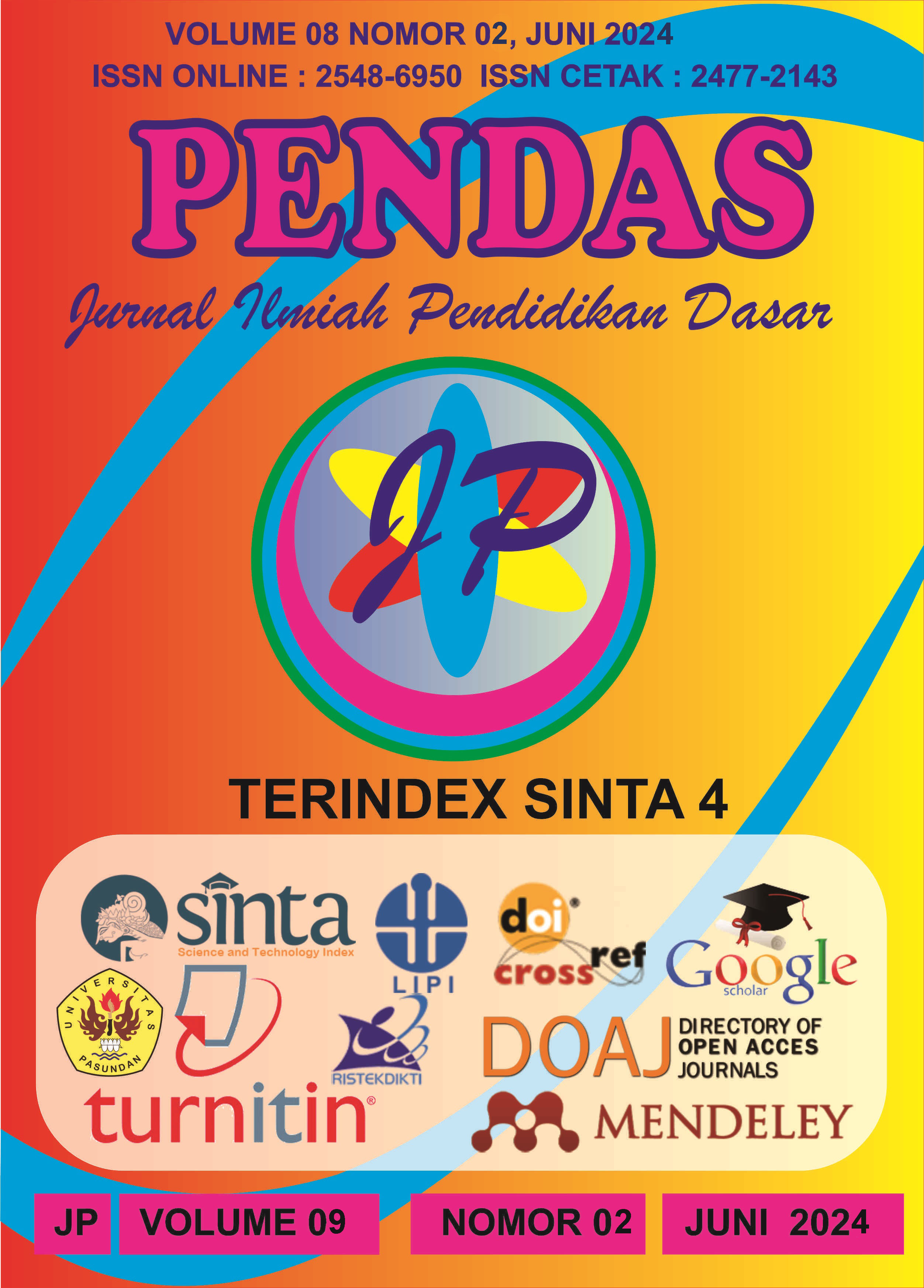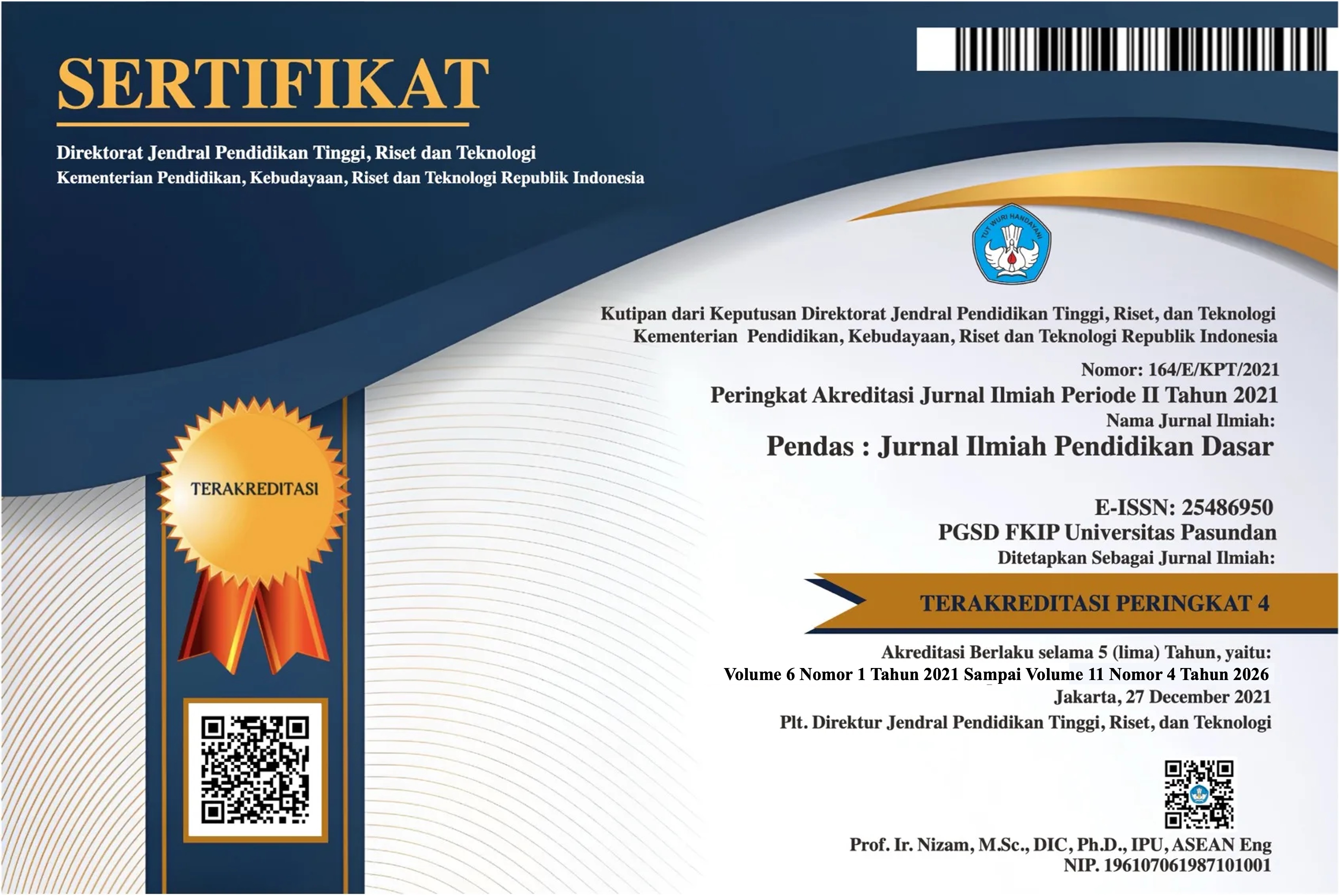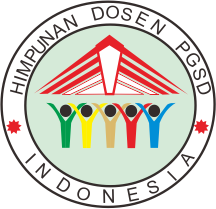PROFIL KEMAMPUAN COMPUTATIONAL THINKING SISWA KELAS V SEKOLAH DASAR SEKECAMATAN TEGOWANU KABUPATEN GROBOGAN TAHUN 2024
DOI:
https://doi.org/10.23969/jp.v9i2.13606Keywords:
computational thinking, bebras challenge, learning innovationAbstract
This study aims to determine the computational thinking abilities of grade 5 students at public elementary schools in Tegowanu sub-district, Grobogan Regency with the benefit of being a benchmark for implementing learning and innovation that leads to students' computational thinking abilities. The research uses a quantitative approach with descriptive analysis techniques, the method for determining the sample is cluster random sampling, namely by forming groups of schools based on villages then taking one school in each village to represent the population. Data analysis using SPSS version 20 with a significance level of 5% obtained 13 state elementary schools as a sample with a total of 253 out of 739 students. As a benchmark for students' computational thinking abilities, data was taken using the 2018 bebras challenge instrument which students completed offline within 45 minutes. The research results showed that the computational thinking ability profile of grade 5 students in Tegowanu sub-district was in the medium category with an average score of 42.39. The percentage of decomposition ability is 62%, pattern recognition 40%, abstraction 40%, and algorithm 31%. There are many factors behind the ability to think computationally and there are still many students who have not solved problems with good computational thinking skills.Downloads
References
Annas Tasya Megawati, M. S. (2023). Implementasi Computational Thinking dalam Pembelajaran Matematika di Sekolah Dasar. Jurnal Review Pendidikan Dasar, 96-100.
Azwar, S. (1997). METODE PENELITIAN. Yogyakarta: Pustaka Pelajar.
Diantary, V. A. (2022). Perbandingan Keterampilan Computational Thinking Antara Sekolah Dasar Akreditasi A dengan Sekolah Dasar Akreditasi B Pada Mata Pelajaran Matematika. Jurnal Cendekia, 2749-2756.
Fanny Rahmasari, F. F. (2023). ANALISIS PENERAPAN PEMBELAJARAN MULTILITERASI DI SEKOLAH DASAR. EduCurio, 645-651.
Hadi, S. (2000). STATISTIK. Yogyakarta: ANDI Yogyakarta.
M. Gunawan Supiarmo, T. d. (2021). PROSES BERPIKIR KOMPUTASIONAL SISWA DALAM MENYELESAIKAN SOAL PISA KONTEN CHANGE AND RELATIONSHIP BERDASARKAN SELF-REGULATED LEARNING. Jurnal Numeracy, 58-69.
Miksan, A. (2020). Pemikiran Komputasi (Computational Thinking) dalam Pemecahan Masalah. Jurnal Study Ilmu dan Manajemen Pendidikan Islam, 111-127.
Nuvitalia, D. S. (2022). Profil Kemampuan Berpikir Komputasional (Computational Thinking) Siswa SMP Negeri Se-Kota Semarang Tahun 2022. Jurnal Penelitian Pembelajaran Fisika, 13, 2012-2018.
Sutrisna, N. (2021). ANALISIS KEMAMPUAN LITERASI SAINS PESERTA DIDIK SMA DI KOTA SUNGAI PENUH. Jurnal Inovasi Penelitian, 2683-2695.
Undang-Undang Republik Indonesia Nomor 20Tahun 2003 tentang Sistem Pendidikan Nasional . (2003).
Wijaya, E. S. (2016). TRANSFORMASI PENDIDIKAN ABAD 21 SEBAGAI TUNTUTAN PENGEMBANGAN SUMBER DAYA MANUSIA DI ERA GLOBAL. Jurnal Pendidikan Sains & Matematika, 7, 263-227.
Yuntawati, S. L. (2021). Analisis Kemampuan Computational Thinking Mahasiswa Dalam Menyelesaikan Masalah Matematika. Media Pendidikan Matematika, 34-40.
Zakaria, N. I. (2020). Computational Thinking among High School. Journal of education research, 9-11.
Downloads
Published
Issue
Section
License
Copyright (c) 2024 Pendas : Jurnal Ilmiah Pendidikan Dasar

This work is licensed under a Creative Commons Attribution 4.0 International License.



















